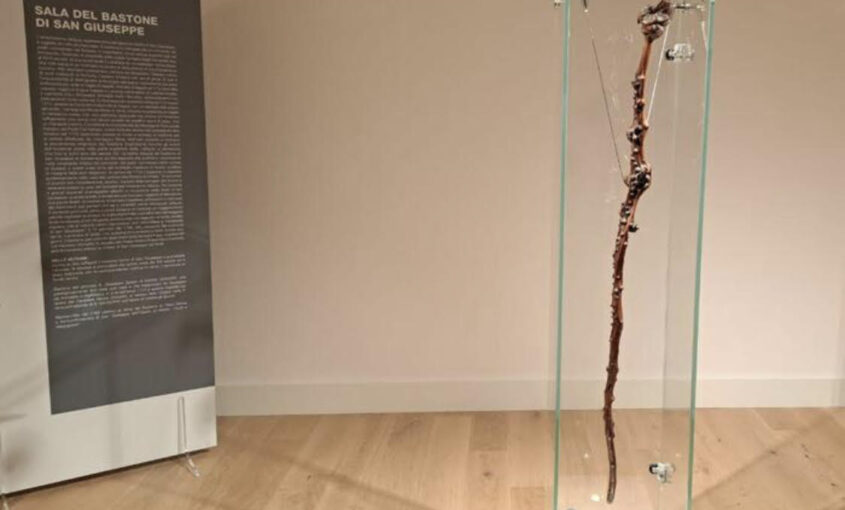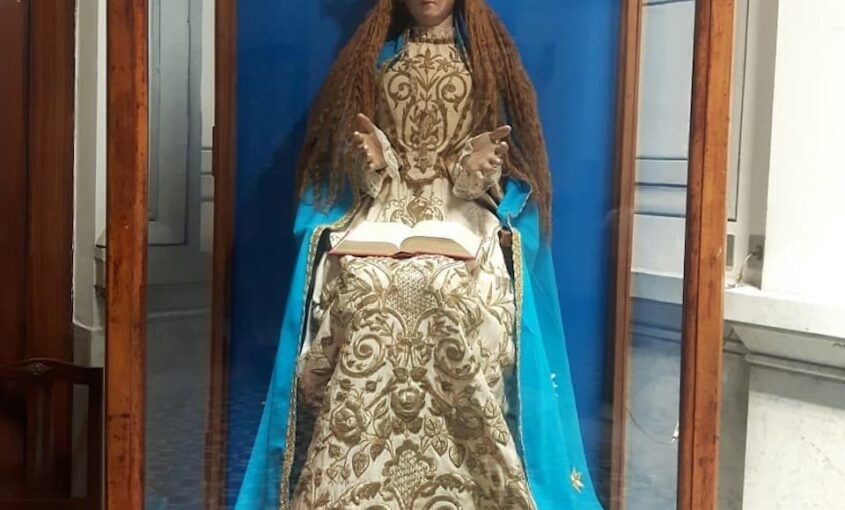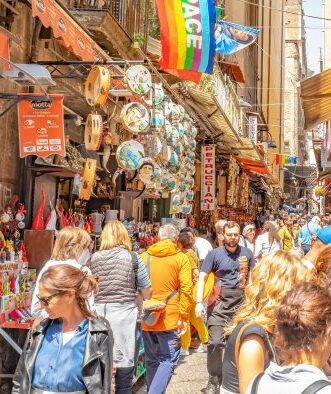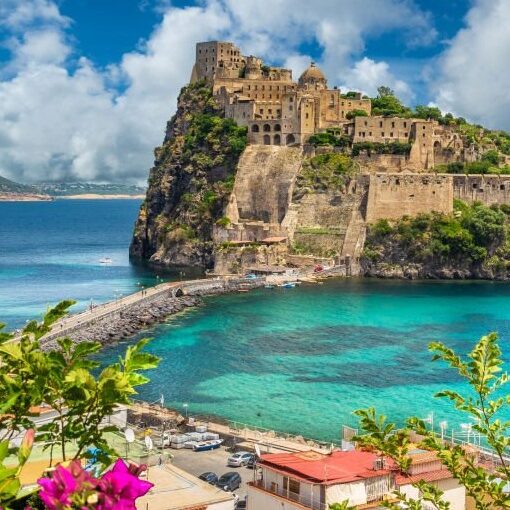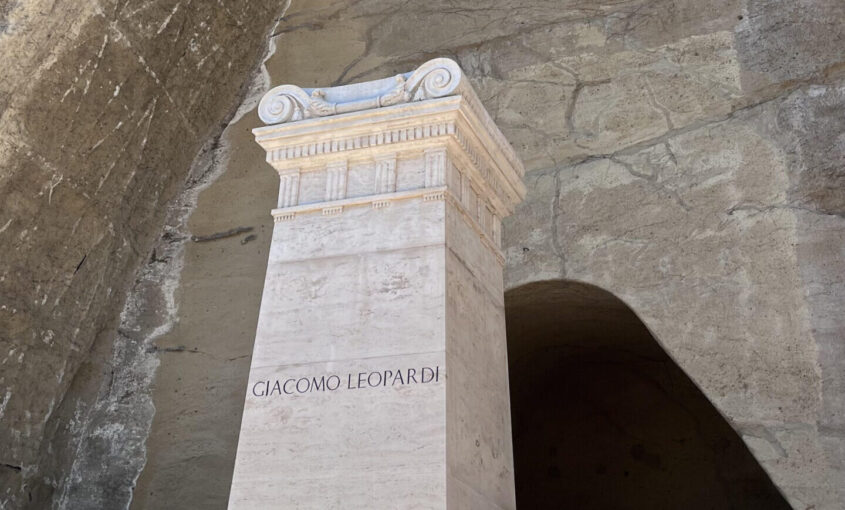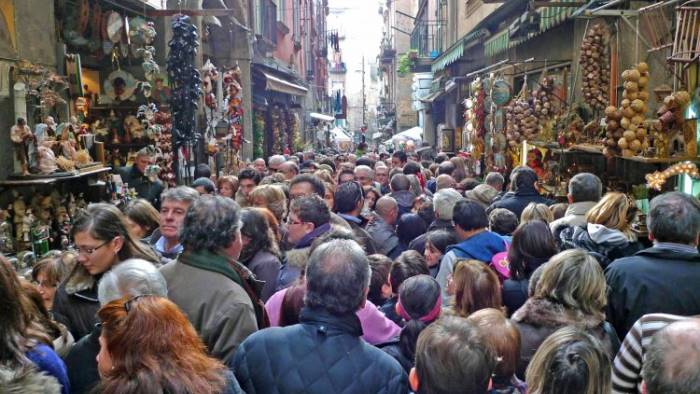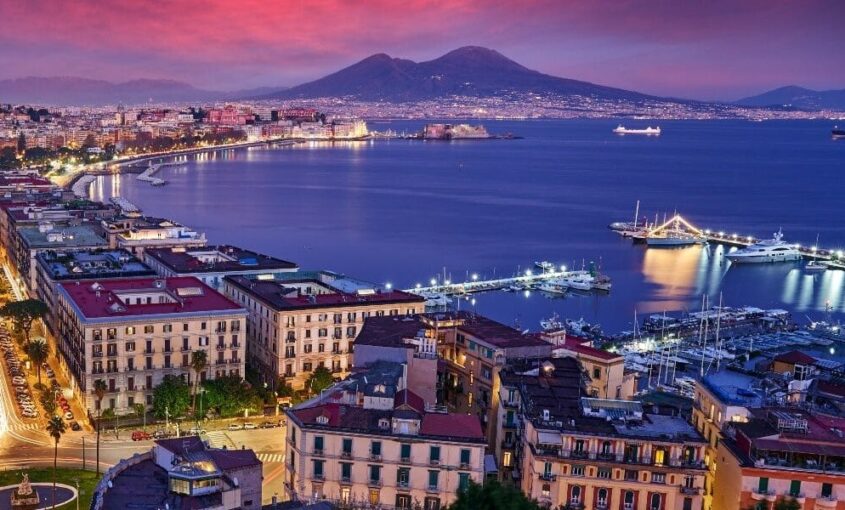The staff of St Joseph, between miracles and popular devotion
In the heart of Naples, amidst the alleyways that tell centuries-old stories, lies a relic that has fascinated the faithful and attracted the attention of visitors for centuries: the staff of St Joseph. This object is not only a symbol of faith and tradition, but also a witness to the deep popular devotion that has always defined the soul of Neapolitan culture.
Read More...

